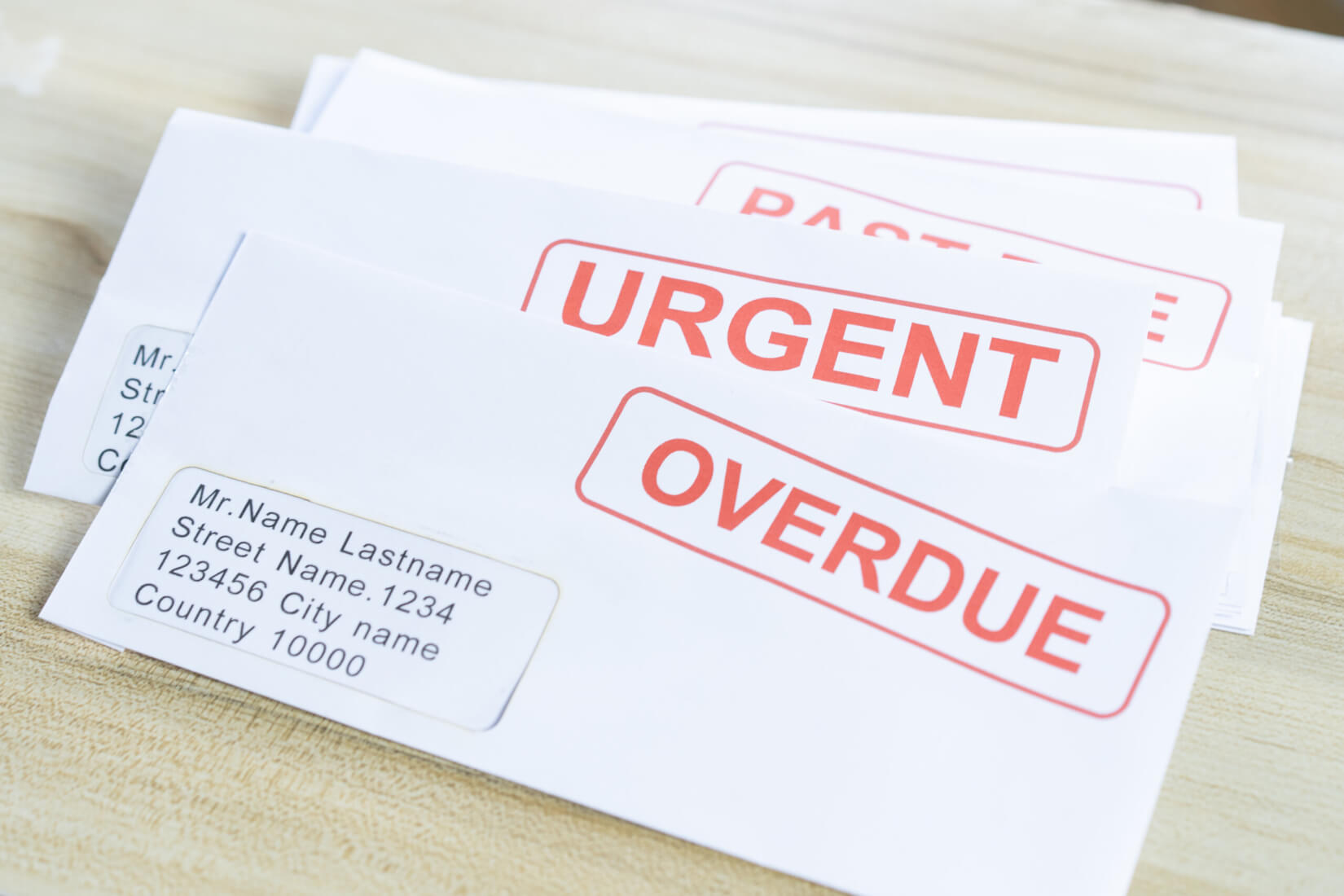Once you have all the details straight, you can then decide which approach will work best for you to remove a collection from your credit report. The most popular approaches include:
- Disputing a collection: Used when there’s an error or inaccurate information on your credit report
- Requesting a goodwill deletion: Used when you’ve already paid the debt in full
- Writing a pay-for-delete letter: Used when the debt hasn’t been paid, but you’re willing to negotiate an agreement to have it removed
- Waiting for the collection to fall off: Used when you don’t pay the debt at all and just want to wait until it falls off
Here are 4 action plans for each of your options if you choose to attempt to remove collection accounts found on your report.
1. Dispute inaccurate collections
If you have inaccurate collection accounts on your credit report, the Fair Credit Reporting Act gives you the right to dispute this information with the 3 credit bureaus or the creditor. An error on your credit report can be more common than you think, such as a collection that was established due to identity theft, an aged debt, or an account that you’ve already paid that’s not being accurately recorded on your credit.
But how do you dispute these collections on your credit report? You can send a dispute letter or use the dispute form found on each credit bureau’s website.
Your dispute letter should include:
- Your contact information
- A list of each mistake with corresponding account numbers
- An explanation of how the information is incorrect
- A request for the information to be removed or corrected
- A copy of your credit report with the inaccurate items highlighted
After you submit your dispute, a credit reporting company has 30 days to look into your claim. If the credit bureau finds the information you submitted to be correct, the collection account will be removed from your report. However, if it finds through investigations that it is incorrect, the collection account will stay on your report.
2. Request a goodwill deletion
You can request a goodwill deletion from a collection agency or the original lender if you’ve already paid the debt in full. Essentially, you’ll use your goodwill letter as an opportunity to ask for the negative item to be removed from your credit report, while explaining that the debt has been paid. Goodwill deletions are more common for smaller items, however, it’s possible to have bigger collection accounts removed in this way.
To do this, you’ll send a letter to the collector explaining your situation, including the reasoning as to why you’d like the collection removed. It’s never a guarantee that this will get the job done, but it doesn’t hurt to ask, especially if you’re about to make a big financial move like applying for a mortgage. If the creditor removes it, your credit record will still show the late payments that led to the collection action initially, but removing the collection itself helps reduce the impact of credit score damage.
You might also consider requesting a goodwill deletion if you’ve dealt with a crisis, such as a medical emergency or traumatic life event, that caused you to miss a payment or your account to become delinquent. There are goodwill letter templates online to help you start the process. Also, remember to customize the letter to your circumstances for the best possible chance of having the collection removed.
3. Write a pay-for-delete letter
A pay-for-delete letter is a way to negotiate with a collection agency to have a negative, unpaid item removed from your credit report. Collection agencies and creditors ultimately only want to be paid for the debts you owe them. So, some agencies may be willing to remove information about your collection account if you agree to pay your debt in part or in full.
Be aware that the collection agencies aren’t obligated to accept an agreement like this, but if you do negotiate with a pay-for-delete letter, make sure to get any agreement in writing (either paper or electronic) from the agency before making your payment. If this is the approach you’re looking to take, there’re pay-for-delete letter templates online that can help you get started.
4. Wait for the account to fall off your report
If your collection is accurately reflecting you owe a debt and you can’t convince the creditor to delete it from your report, your last option is to wait it out. Although this means the collection will continue to impact your credit score, it will go away after a specific period of time. Waiting might not be an instant fix, but it’s a successful tactic. Be aware, however, that just because a debt is no longer on your credit report, that doesn’t always mean you won’t still have to pay it.
If the debt due isn’t past your state’s statute of limitations or the time frame when a creditor is able to sue you for a debt, the creditor still has the right to try and collect payment from you. It may depend on the type of debt, but most states dictate that the creditor or lender has between 3 to 6 years to request payment for a debt after it’s been sent to collections. As mentioned, each state has its own laws regarding the statute of limitation on debt, so make sure you understand your responsibility to pay old debts based on where you live.


